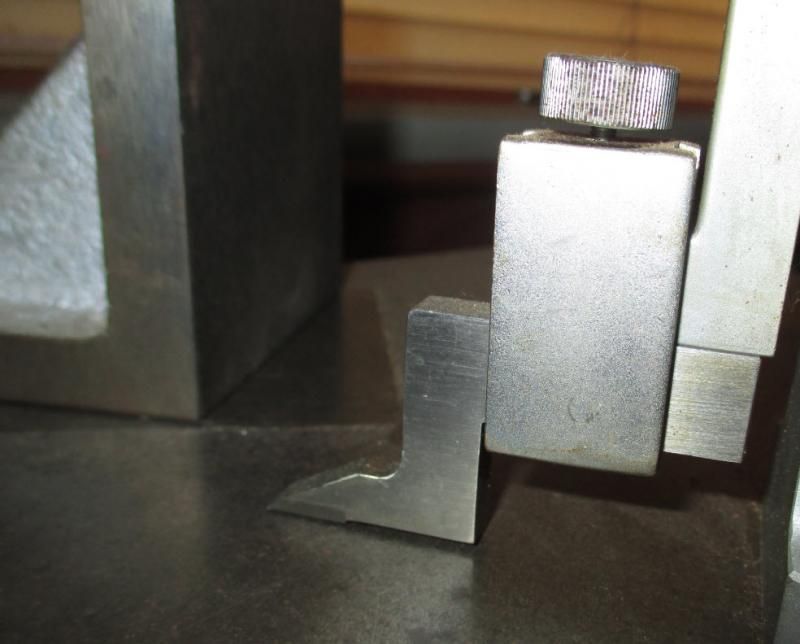Okay another newbie question:
I found this height gage on Ebay: Mitutoyo 10" Vernier Height Gage | eBay
If you'll notice, it doesn't go all the way down to the resting surface, only to the top of its base, so you can't bring the scribe part down to the surface plate to zero out. Also, the scribe is not really a scribe. Does this design have a specific use? It's different from the others I've seen. Thanks!


I found this height gage on Ebay: Mitutoyo 10" Vernier Height Gage | eBay
If you'll notice, it doesn't go all the way down to the resting surface, only to the top of its base, so you can't bring the scribe part down to the surface plate to zero out. Also, the scribe is not really a scribe. Does this design have a specific use? It's different from the others I've seen. Thanks!










